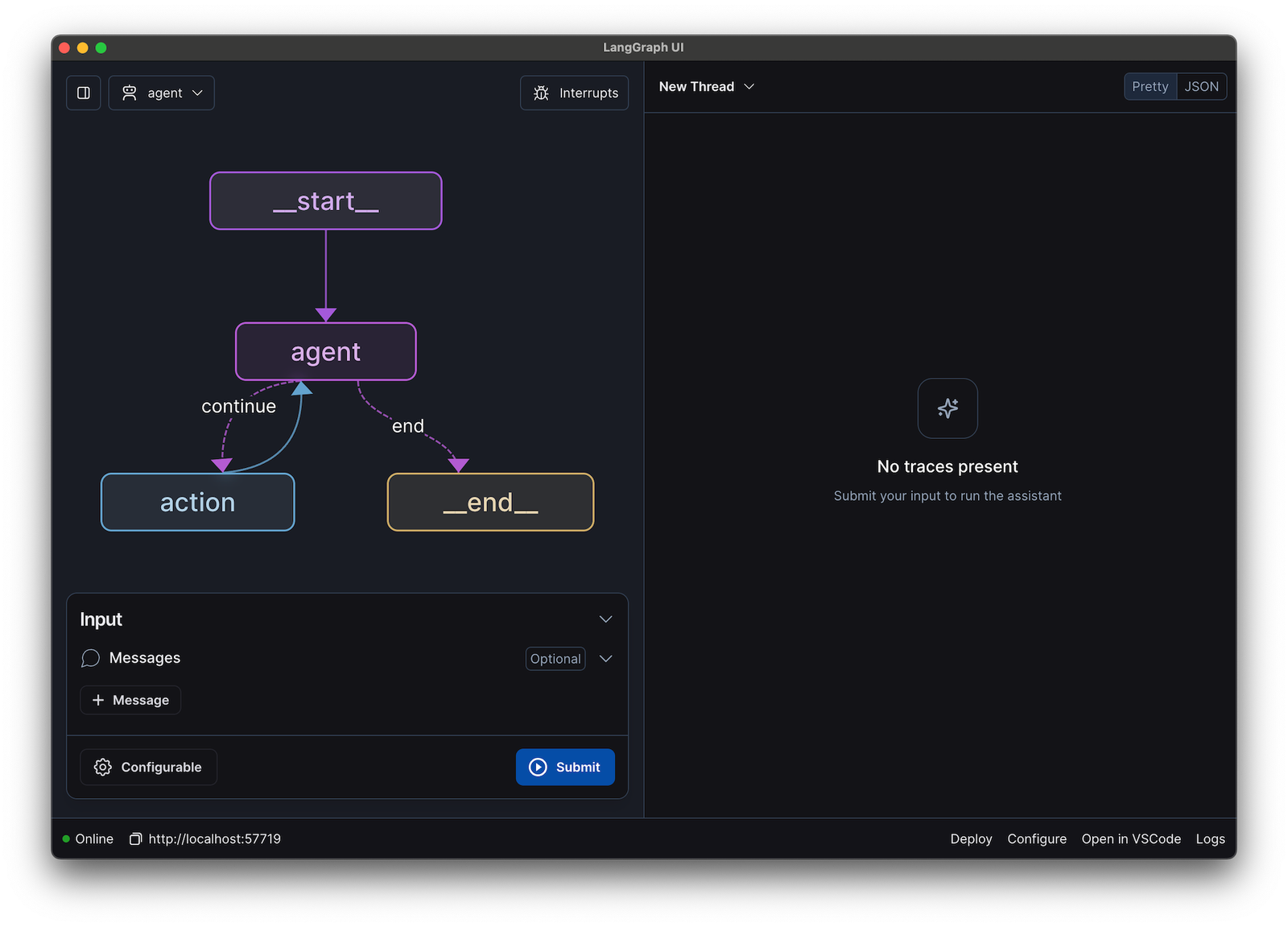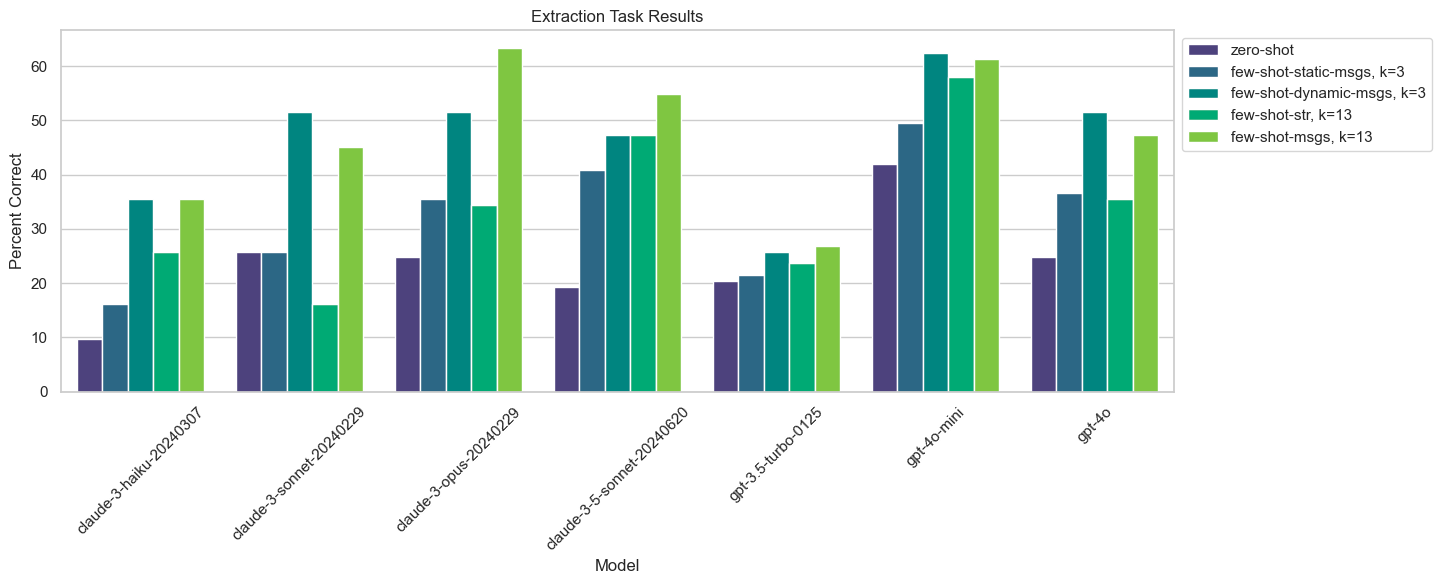
Google has released Gemma 2, a family of AI models that prioritize performance, safety, and transparency, aiming to address challenges in responsible AI development. The 27B and 9B parameter models have already demonstrated superior performance in real-world conversations, ranking high on the LMSYS Chatbot Arena leaderboard. The new additions to the Gemma 2 family further strengthen its commitment to responsible AI: the efficient 2B model offers enhanced safety and accessibility, enabling on-device deployment; ShieldGemma, a suite of state-of-the-art safety classifiers, helps filter harmful content and mitigate risks; and Gemma Scope, a model interpretability tool using sparse autoencoders, provides insights into model decision-making processes. These open-source models, available on platforms like Hugging Face and Kaggle, encourage collaboration and innovation within the AI community, aligning with Google's vision of AI benefiting everyone.



![Building a Generative AI Platform [Translation]](https://huyenchip.com/assets/pics/genai-platform/1-genai-platform.png)

![Building Generative AI Products: Thoughts and Experiences [Translated]](https://media.licdn.com/dms/image/D4D08AQGiEQzcSAQWTg/croft-frontend-shrinkToFit1024/0/1713366934678?e=2147483647&v=beta&t=8RYN9Dm6ELUG3-jgN76QJl62KePcaOl4sQ84qR-sE0I)



![Prompt Design in Character.AI [Translated]](https://research.character.ai/content/images/2024/07/image-13.png)





